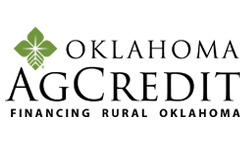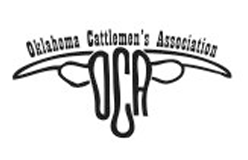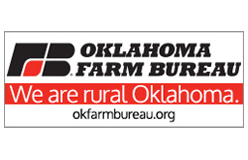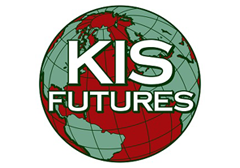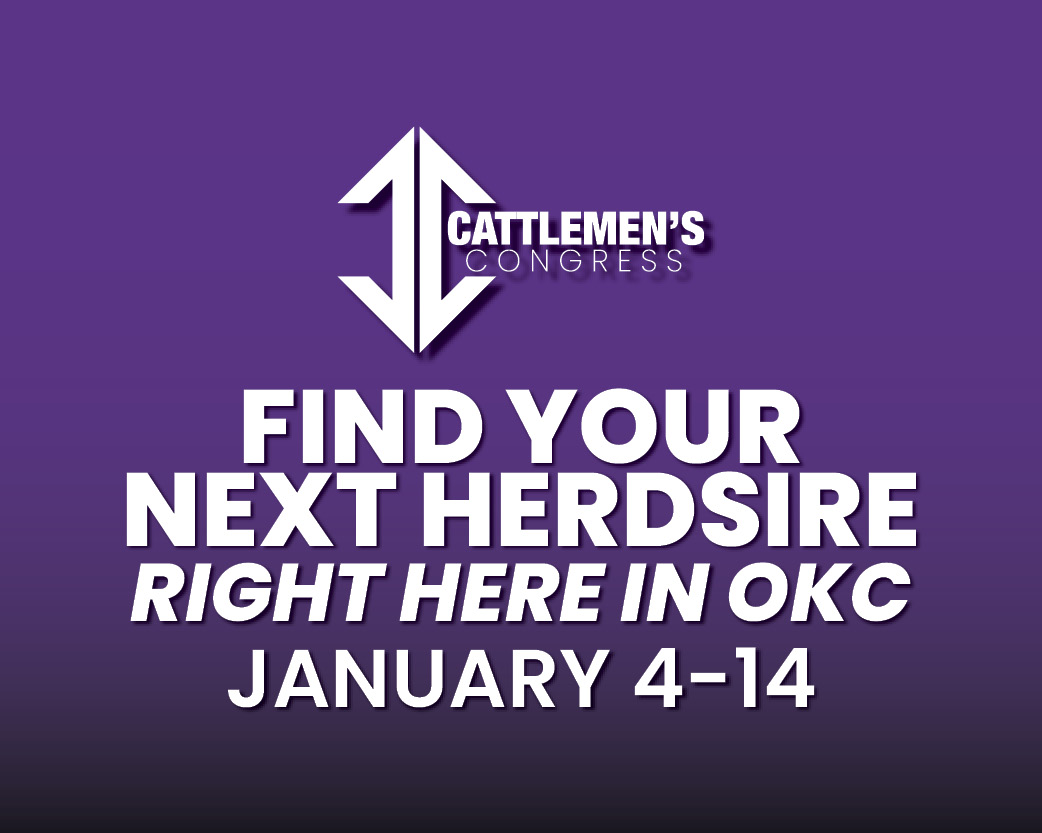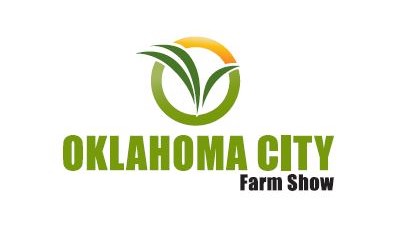
In today’s beef buzz, senior farm and ranch broadcaster Ron Hays speaks with Livestock Market Economist Dr. Darrell Peel, who says that despite all the political chatter and rumors surrounding the cattle market, the true fundamentals have not changed. “Cattle numbers haven’t changed. We don’t have any data yet to really confirm that we are saving heifers,” he explained. Peel emphasized that the U.S. herd remains small due to drought-forced liquidation, and there is currently “no fast way to rebuild the herd.” He added that even though calf prices are strong, “producers up to this point haven’t shown a lot of inclination to respond to market signals,” which means tight supplies will persist for some time.
According to Dr. Peel, rebuilding the nation’s cow herd is a slow process that cannot be rushed. “I spend a lot of time explaining the slow biological nature of cattle production,” he said, noting that “it took several years to get here, and it’s going to take several years to remedy this situation.” He stressed that “there’s really nothing we can do to change that timeline… beyond what the biology and Mother Nature dictates.” Peel urged producers to “keep their eye on the long game” and not deviate from their long-term plans despite short-term market distractions.
When asked about recent government and trade actions, Dr. Peel noted that none of them truly alter the market outlook. “The reality is that we import about 2% of our beef from Argentina,” he said, explaining that even if those imports doubled, “it wouldn’t really make any difference as far as beef supplies in the U.S.” He added that while the industry reacted negatively to the announcement of expanded imports, the actual market effects are minimal. Peel also pointed out that USDA programs meant to “jumpstart herd rebuilding” likely “won’t change the timeline again for what’s going to happen here going forward.”
As for how long it will take to rebuild the U.S. cow herd, Dr. Peel cautioned that it’s still unclear. “I don’t think we know that yet,” he said. While 2025 could be the cyclical low in inventories, “we don’t have enough heifers to grow in 2026, and it doesn’t look like we’re saving enough heifers now to grow very much in 2027.” He explained that “cow slaughter has decreased enough to kind of stabilize the herd at the current low level,” but “you can’t grow off of reducing cow slaughter — you have to reduce cow slaughter and increase heifer retention simultaneously to rebuild the herd.”
Finally, Dr. Peel addressed consumer concerns about high beef prices. “Beef prices are record high pretty much across the board, consumers have been willing to pay that, and the market is working,” he said. Peel explained that production is down because of tight inventories, and “the market’s going to ration that to the folks that want it the most and have the means to pay the most.” He also dismissed claims that beef prices are driving inflation, clarifying that “no one market causes inflation… even if we had no inflation, beef prices would still be high because of the supply fundamentals that we have.”
The Beef Buzz is a regular feature heard on radio stations around the region on the Radio Oklahoma Ag Network and is a regular audio feature found on this website as well. Click on the LISTEN BAR for today’s show and check out our archives for older Beef Buzz shows covering the gamut of the beef cattle industry today.


